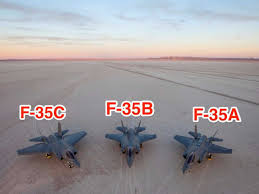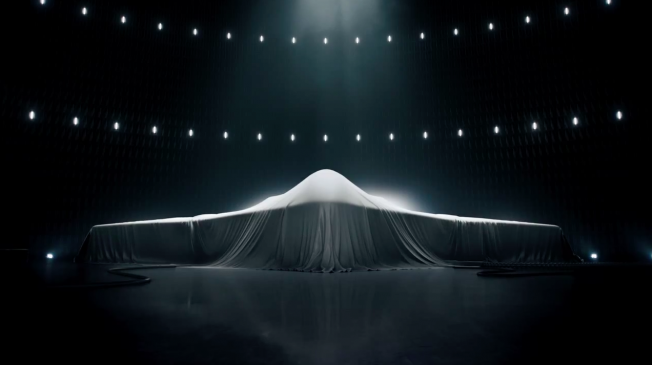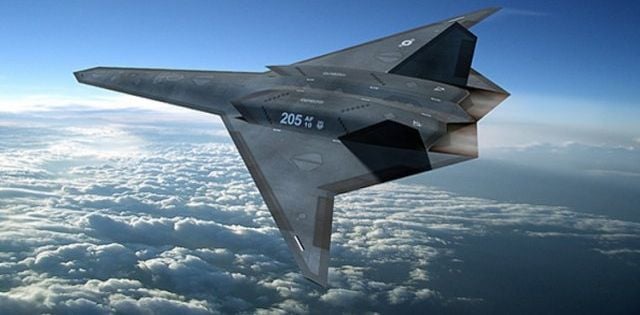The DDG 1000 series of three ships is about to hit the budget wall. Several factors are lining up for this
battle on the congressional check writers podium. The first and most important factor
is the need/function ratio as an implied 1/1 ratio for rating its importance
for our national defense for anytime. The Arleigh Burke class destroyer
currently reigns supreme in its class and continues to be built, albeit, in a
more stop gap manner, than as an ultimate defender that could operate both in littoral
and Blue waters, as the DDG 1000 Zumwalt promises. The Zumwalt is rapidly approaching the Need/Function ratio of "1".
Let's
face it, the Zumwalt class is in experimental mode at this time, and has yet
become deployed. It does not have all systems on deck currently. Its second
sibling is just currently assembling at BIW Maine. A third and "last" Zumwalt type is
stacking paper and Iron at the same time waiting for cash. The cost for copy one, Zumwalt is
Billions, Copy two is probably a third less and so forth for its third sister.
The Arleigh Burke has hit maximum production value through long term build efficiency. By now any adversarial Navy has its number.
The one
great thing going for the Zumwalt class destroyer is its lethality potential.
Since it has not deployed on mission with a full complement of its capability,
the word potential is a weak word to take into battle. It needs to demonstrate
its nominal capabilities and not necessarily its secret capabilities. The
Zumwalt need's not to live on its potential, but how it handles the reality of
the world we live in through exercising stealth, battlefield management, and
multiple operational tasks imposed upon it during times of national defense.
Before
closing off a program, let's see what it can do, its true capability! The
Zumwalt may have a greater capability than two Arleigh Burkes. It may make the
F-35 more relevant a more capable Navy platform. The sum of the Navy parts
should include the Zumwalt, and not a multitude of DDG -51's.
The
Zumwalt has both stealth, advanced battlefield awareness greater than the prior
generations of Navy ships. Its construction cost reduces as more units are
produced. A fact of lean production favors the more builds, the cheaper the
costs. The Arleigh Burke class has become a stop gap placeholder for the Zumwalt
arrival. The Works In Progress class ship will have some teething issues as all advancements
customarily have because every time something completely new and different, has
no precedence for which to lean on for a role model or lessons learned. That "New" and "Different" has an internal cost for which no one can ever get its arms
around.
However,
when something as big as the Zumwalt steams out, the new lessons learned
multiply. The real test is a pass or fail situation, where if the Zumwalt works
as expected, and its supporting systems are not a colossal failure in concept,
the Navy has a winner. Because, using it over and over again pounds out the
program dents. It's the program cracks that ends a program, not Congress. The
Navy Secretary currently has his hammer in hand before the Congress and is now
saying there are no cracks in the Zumwalt program. Let's bring this ship home.

Lest we
forget looking at its novel hull and its Carbon Fiber deck house one would
think this non Iron clad could not hold up in battle. The secret is inside. The
outside is just for Radar, detection, and speed. Under the hood are power plants that
could light up a community of 2,500 homes. It also can send a projectile 75
miles every so many seconds. The impact of the tip of this spear would cause
great destruction. Its newly developed counter measures for any incoming
attacks makes it extremely reliant during battle.

The
greatest danger the military has is its over reliance on the old concepts of
warfare, and not learning a better more efficient way of battle management. The
F-35 program suffers this military attitude malaise over it performance numbers. Pilots also testing the aircraft suffer similar impressions at times citing, the F-16 flies faster or nimbler having superior aircraft
performance numbers. Then they begin to appreciate and understand the wide range of capability
of its sea, land, and air warfare management. The real part of the problem is having
pilots tests the F-35 up to its original design features, where combat with the
F-35 is not about the fourth generation fighter culture, but about the fifth
generation capabilities as originally it was purposed. A new way of aerial combat does
not sync well with fourth generation until you have the fifth generation F-35
supervising the F-16's in a battle situation. The F-35 multi-tasking machine allows and
informs the F-16 wing of the situational issues by priority, so the F-16 only becomes a more
formidable foe than what its own systems would allow it, if the F-35 was not present in the battlespace.
The
Zumwalt has a similar characteristic in that it also would inform and relay
information with the Arleigh Burke Class destroyers, much in the same way the
F-35 can do for the F-16. It can fight as an Island, and then sail with the fleet adding to it an exponential capability. It
offers unmitigated fire power. It's a dangerous ship Congress can't afford not
to have at its disposal.








